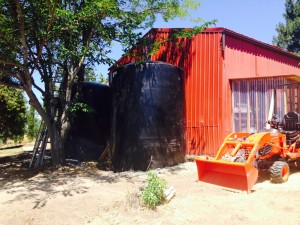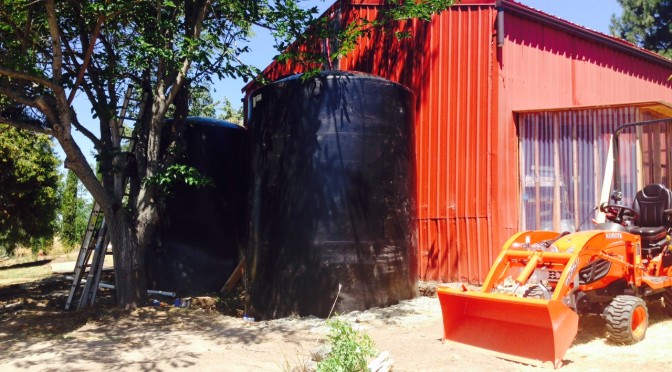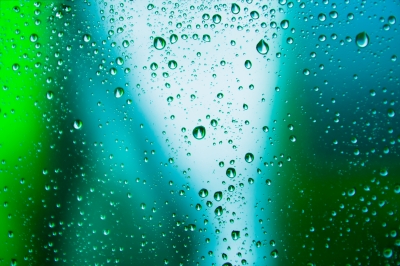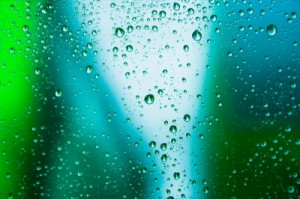 A rainwater collection system can come in all shapes and sizes. Whether you are considering a large commercial system supplying irrigation, toilet facilities, and wash down, or a smaller residential system for irrigation, toilet facilities, laundry, or potable, a well designed system will mean success for your project.
A rainwater collection system can come in all shapes and sizes. Whether you are considering a large commercial system supplying irrigation, toilet facilities, and wash down, or a smaller residential system for irrigation, toilet facilities, laundry, or potable, a well designed system will mean success for your project.
Consideration of desired use, amount of water required, amount of collection area along with mechanical needs, architectural requirements, permitting, and annual rainfall all play a part in design and implementation. How long of a dry season, how many occupants, how much water will I use, and how much water can I collect?
How much storage do I need? How do I want to convey the water from the roof to storage? Can I use gravity to feed to the cisterns, or do I need to pump? Can I collect rainwater in a wooded area? What are the effects of trees in my collection area? Do I need gutter screens or a first flush device? Will my existing gutters work for collecting rainwater?
What type of storage best suits my needs? Below ground or above, cement vault or slimline tanks? Do I need to filter my water for irrigation or what type of disinfection will work for my potable system? Should I test my water — and how often? What maintenance is required to keep my system operational?
Helpful information is out there, but be careful on the internet – there is some outdated information along with that, too. The best results for design come from careful planning and investigation of components, process, and implementation. Know what you want and expect from your system design. Consult with those who have proven to be professional in the industry. Ask a lot of questions and gain as much knowledge as you can before jumping in.
Rainwater collection can be an expensive investment, be sure you are getting what you require and want to avoid costly mistakes.



 In December, the U.S. Environmental Protection Agency marked the 40th anniversary of the Safe Drinking Water Act (SDWA).
In December, the U.S. Environmental Protection Agency marked the 40th anniversary of the Safe Drinking Water Act (SDWA).
 Why worry about acid rain? pH level is a quantitative measure of hydrogen ions with a level of 7 being neutral. Anything less than 7 is considered acidic, with anything above 7 considered alkaline. In the Pacific Northwest pH of our rainwater is typically 5.5.
Why worry about acid rain? pH level is a quantitative measure of hydrogen ions with a level of 7 being neutral. Anything less than 7 is considered acidic, with anything above 7 considered alkaline. In the Pacific Northwest pH of our rainwater is typically 5.5.